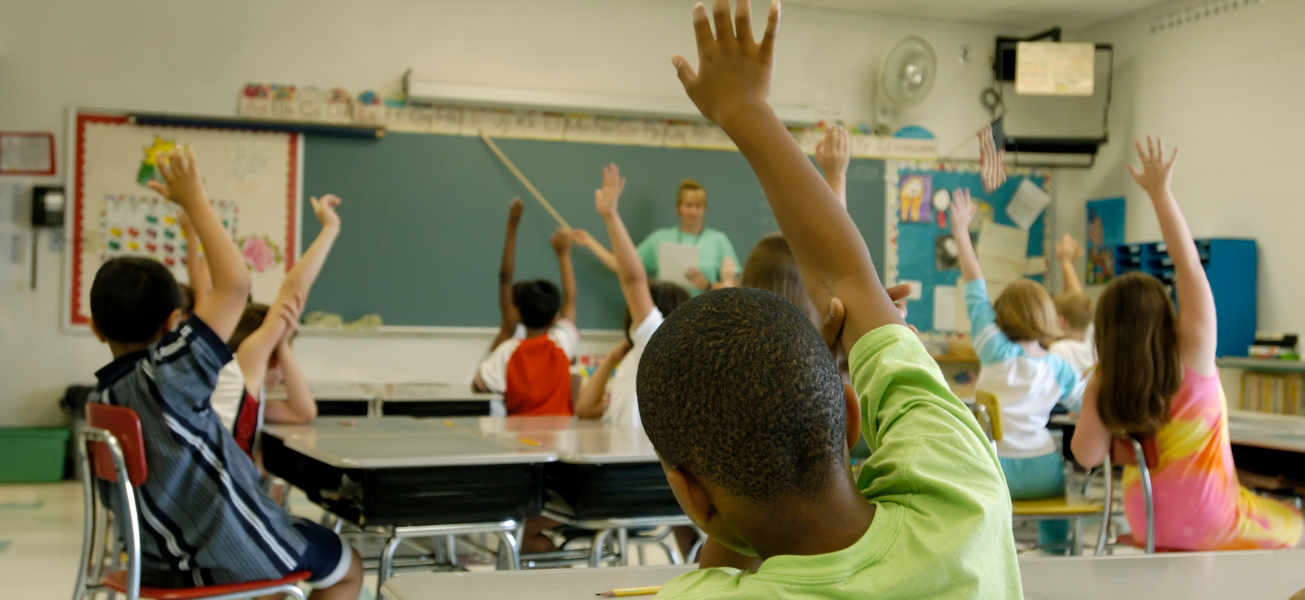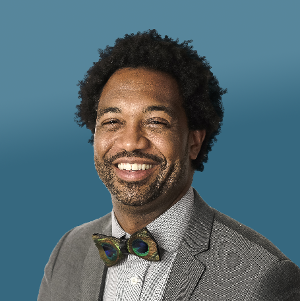As someone who has dedicated the lion's share of my career to being a school teacher and leader in urban education, I can confidently say there is no other framework more aligned with what our young learners and scholars need than Universal Design for Learning (UDL).
UDL is a powerful framework centered around the development of learner agency. It emphasizes giving students voice and ensuring that the school experience communicates to them that education is something done for them and with them, rather than to them. In urban environments, UDL acknowledges that every learner, regardless of their background, identity, or the conditions they face when they enter a classroom or learning institution, innately possesses the potential to release their innermost genius. When we don’t see that genius manifest, it’s not because students are broken, bad, unworthy, or part of some “terrible” cohort. It’s not because they belong to a new generation of learners who are incapable. Instead, it’s because barriers or limiting factors are preventing them from releasing that innermost genius.
These barriers can include invisible factors, such as unchecked thoughts, assumptions, stereotypes, and limitations that exist in the minds of educational practitioners, teachers, and school leaders working in urban environments. I say this without shame, blame, or judgment; it’s not about tearing anyone down. It’s about recognizing that if urban educators were provided with the resources and training to learn about the UDL framework and to develop their capacity to plan and design instruction—planning in a way that is proactive and considers who the end user is, their learning experiences, their background, and what they need to be successful in the classroom—magic can happen.
And when I say “time,” I don’t mean some magical, mystical time inserted into the school day that’s above and beyond what we already have. I’m talking about rethinking how we utilize the time we already have, so that our educators actually have opportunities to learn, collaborate, and engage deeply with these concepts. This shift in how we approach time is essential to transforming the experiences of young people in our classrooms. This transformation begins with a few key steps outlined below.
A Blueprint for UDL Implementation in Urban Schools
Embrace Variability
UDL is critical for educators to design and deliver an education that meets the needs of all students and empowers them to personalize their pathways. UDL isn’t a one-size-fits-all framework, which means if all students in your class are expected to be doing the same exact thing, it’s not UDL. Given their variability and their different needs, one curriculum, without embedded flexible options working toward a shared rigorous, grade-level goal, using the principles of UDL, cannot possibly build equity within the classroom. Instead, educators need to embrace a framework that acknowledges and celebrates students' unique identities and provides all students with whatever they need to succeed.
Reflect on Our Biases
Next, we need to examine our practices, tools, and resources to ensure that they are not biased, thereby limiting access to students based on identity and/or culture. This ensures that all students have authentic, engaging opportunities to learn. We often tend to believe that some people, ideas, etc., are better than others, which can result in treating some people unfairly. This can manifest implicitly as well as explicitly, with the former perhaps being the most dangerous.
Expect Discomfort
We need to normalize discussing and addressing issues that typically make us uncomfortable: privilege, race, class, gender identity, religion, sexual identity, and ability. We must embrace the fact that our classrooms and schools need to be brave spaces in order to truly be transformative. Brave spaces are ones in which we have the courage to lean into discomfort for the sake of authentic conversation, dialogue, and practice.
Amplify Student Voice
To create a world that is socially just and equitable, we need to arm these kids with powerful weapons—their voices. To do this, we need to transform our schools and ensure that students and all stakeholders learn to embrace their own identity, appreciate, value, and respect diversity, and take action against hate and injustice by participating in courageous conversations and sharing their stories using multiple means of representation. We need to ensure that the culture of our system, schools, and classrooms is welcoming to all, truly elevates and celebrates the voices of all students, and provides them with a platform to share their voices—all while ensuring that the notion of difference is both thoroughly embraced and celebrated and kept at the center.
Take Action
Most importantly, we have to take action. We need the courage to examine our thinking, practices, traditions, and culture to ensure that, despite whatever we believe our intentions to be, we don’t get in the way. We must acknowledge that the impact of our action or lack of action on our students' lives matters more than our intentions. Therefore, we must value impact over intention when making changes in our classrooms, learning, and schools.
UDL can transform urban education if we take the opportunity to understand and apply it in dynamic ways, and if we are willing to acknowledge that learners in urban environments need advocates who recognize their genius and can design instruction and school experiences with their needs and the impact on them in mind, beyond adult intentions. It's something to think about.
Experience the power of UDL firsthand. Discover how it can improve student outcomes and create a more inclusive learning environment. Contact us to discuss next steps for you and your team.




